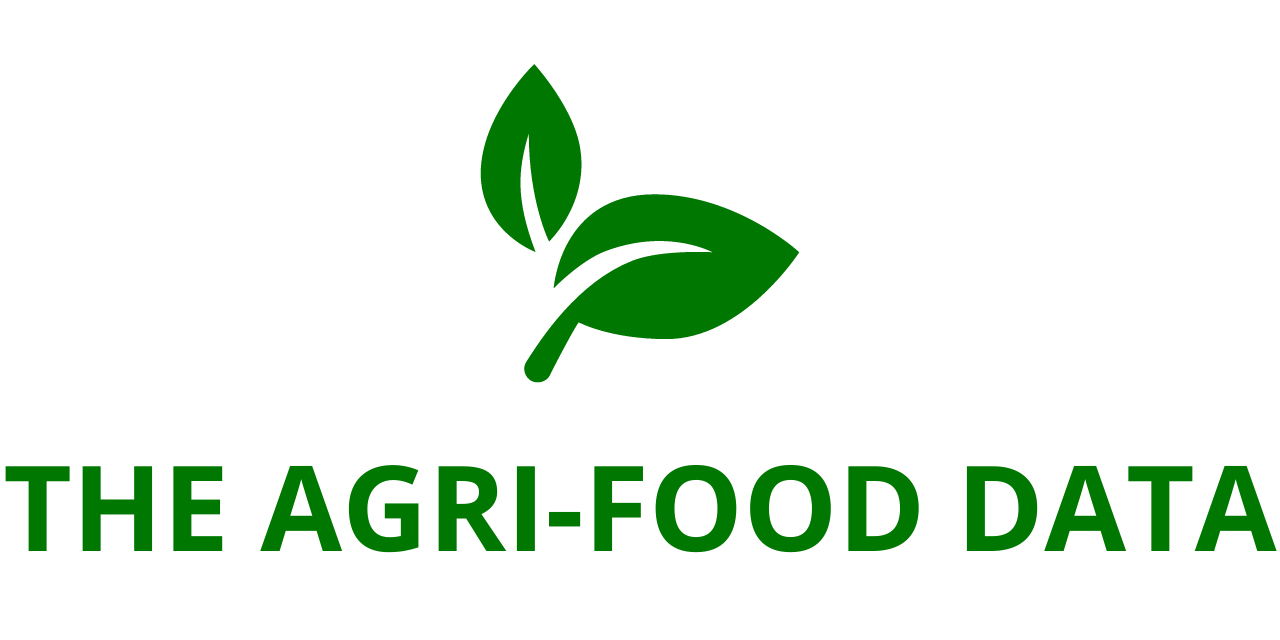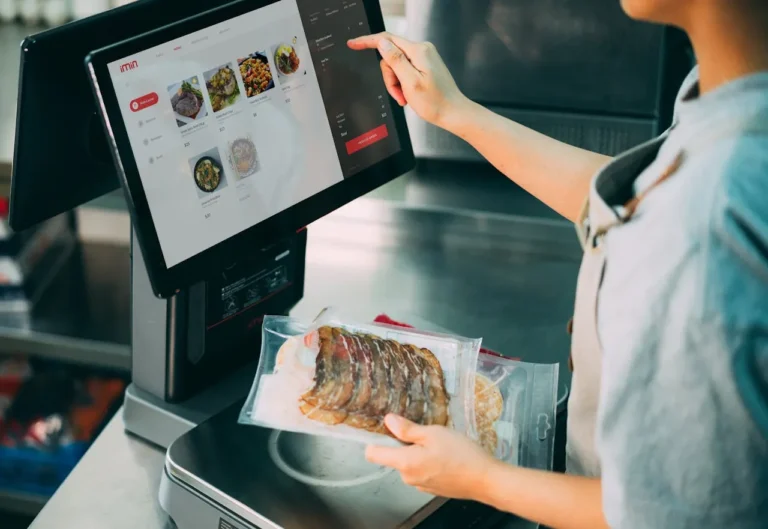
Green Plains Inc. Announces (NASDAQ: GPRE) (“Green Plains” or the “company”) has released its financial results for the second quarter of 2025, reporting a net loss attributable to the company of $72.2 million, or $(1.09) per diluted share. This compares to a net loss of $24.4 million, or $(0.38) per diluted share, in the same quarter last year.
The second quarter results include $44.9 million in non-cash charges, largely tied to the sale of non-core assets and an equity method investment, as well as impairments related to equipment and assets held for sale. The company also incurred $2.5 million in restructuring costs linked to ongoing transformation initiatives.
Revenue for the quarter was $552.8 million, down from $618.8 million in the same period in 2024. However, adjusted EBITDA improved significantly to $16.4 million, compared to $5.0 million a year ago.
Focus on Operational Excellence and Cost Efficiency
“We executed several key initiatives this quarter to sustain reliable, safe operations, improve efficiencies, and enhance our performance through rigorous management of our most critical metrics,” said Michelle Mapes, Interim Principal Executive Officer.
According to Mapes, the company’s strategy to divest non-core assets and activities has allowed for a sharper operational focus. As a result, the company achieved 99% utilization across its operating platform—reflecting structural improvements and operational excellence.
The first half of the year saw substantial cost-cutting efforts, putting Green Plains on track to exceed its $50 million annualized savings target. This leaner expense base positions the company to enter 2026 as a more agile, cost-efficient operator. Mapes noted that the improved cost structure enhances the company’s earnings potential, particularly as ethanol margins strengthen, corn oil prices firm, export demand grows, and crop conditions remain favorable.
Another milestone on the horizon is the near completion of Green Plains’ carbon capture project. The initiative, expected to begin sequestration in early Q4 2025, is anticipated to contribute meaningful bottom-line benefits in the second half of the year and beyond.
Supportive Policy Landscape for Low-Carbon Fuels
Mapes also highlighted recent positive federal policy developments that strengthen Green Plains’ decarbonization strategy.
Demand for the company’s low-carbon-intensity (low-CI) corn oil—a preferred feedstock for renewable diesel—remains robust. Construction of carbon compression infrastructure at Green Plains’ Nebraska facilities is on schedule, aligning with the company’s vision of becoming a leader in low-CI fuel and feedstock production.
Key policy shifts, such as the extension of the 45Z Clean Fuel Production Credit through 2029, the removal of the indirect land use change penalty, and the “ring fencing” of North American feedstocks, provide long-term policy support and validation of the company’s carbon reduction strategy.
“These measures enhance the consistent earnings power of our platform and reinforce our investment in sustainable, low-carbon solutions,” Mapes said.
Strengthening the Balance Sheet
Chief Financial Officer Phil Boggs emphasized steps taken during the quarter to bolster Green Plains’ financial position. These include:
- Reducing working capital investments through the Eco-Energy marketing arrangement.
- Monetizing non-core assets.
- Lowering operating expenses.
- Securing financing agreements aligned with strategic priorities.
One major development occurred on August 10, 2025, when the company extended the maturity of its $127.5 million mezzanine note facility to September 15, 2026, enhancing near-term financial flexibility.
“Our focus remains on operating safely, improving efficiency, managing costs, and strengthening the balance sheet to support sustained financial performance,” Boggs said.
Q2 2025 Highlights and Developments
- Asset Sale: Completed the sale of its 50% investment in GP Turnkey Tharaldson LLC for $25 million as of June 30, 2025.
- Debt Extension: Amended financing agreements to extend debt maturities and provide flexibility for capital projects, including decarbonization initiatives.
Operational Performance
In the second quarter of 2025, Green Plains’ ethanol production segment sold 193.6 million gallons of ethanol, compared to 208.5 million gallons in the same period in 2024.
The consolidated ethanol crush margin was $26.3 million, inclusive of $22.6 million from the sale of accumulated RINs, versus $22.7 million in the prior year. This margin represents the ethanol production segment’s operating income before depreciation, amortization, and impairments, and includes renewable corn oil and Ultra-High Protein products.
Consolidated revenues declined by $66.0 million year-over-year, primarily due to the termination of a third-party ethanol marketing agreement with Tharaldson Ethanol Plant I LLC, affecting the agribusiness and energy services segment.
The company’s net loss widened by $47.9 million, largely due to a $31.0 million loss on asset sales and equity investments, as well as a $10.7 million impairment of assets held for sale.
On the positive side, adjusted EBITDA rose by $11.4 million compared to Q2 2024, thanks to the shift in operating strategy and RIN sales, partially offset by weaker ethanol margins.
Financial Impact of Capital and Debt Management
Interest expense rose by $6.4 million year-over-year, driven by amortization of loan fees tied to short-term credit access and amendments to junior notes, as well as reduced capitalized interest.
The company also recorded an income tax expense of $2.3 million in Q2 2025, compared to a $0.3 million tax benefit in the prior year. This change was primarily due to a higher valuation allowance against deferred tax assets related to derivative gains and losses.

Segment Overview
Green Plains operates through two key segments:
- Ethanol Production – Includes the manufacturing, storage, and transportation of ethanol, distillers grains, Ultra-High Protein products, and renewable corn oil.
- Agribusiness and Energy Services – Encompasses grain handling, storage, commodity marketing, and trading for both company-produced and third-party ethanol, distillers grains, Ultra-High Protein, renewable corn oil, natural gas, and other commodities.
Outlook for the Remainder of 2025
With a leaner cost structure, improved operational efficiency, and strategic asset realignment, Green Plains is positioning itself to take advantage of market tailwinds in ethanol and renewable fuels. The nearing completion of its carbon capture project, coupled with supportive federal policies, is expected to strengthen earnings potential going forward.
As Mapes summarized, “We have streamlined operations, improved cost efficiency, and secured the policy support necessary to execute our low-carbon growth strategy. We are entering the second half of 2025 from a position of strength, ready to deliver long-term value for our shareholders.”
If you’d like, I can also create a shorter investor-friendly version of this article that condenses the key metrics, quotes, and strategy into 400–500 words for press release use. That would make it more concise but still impactful for the financial community.





